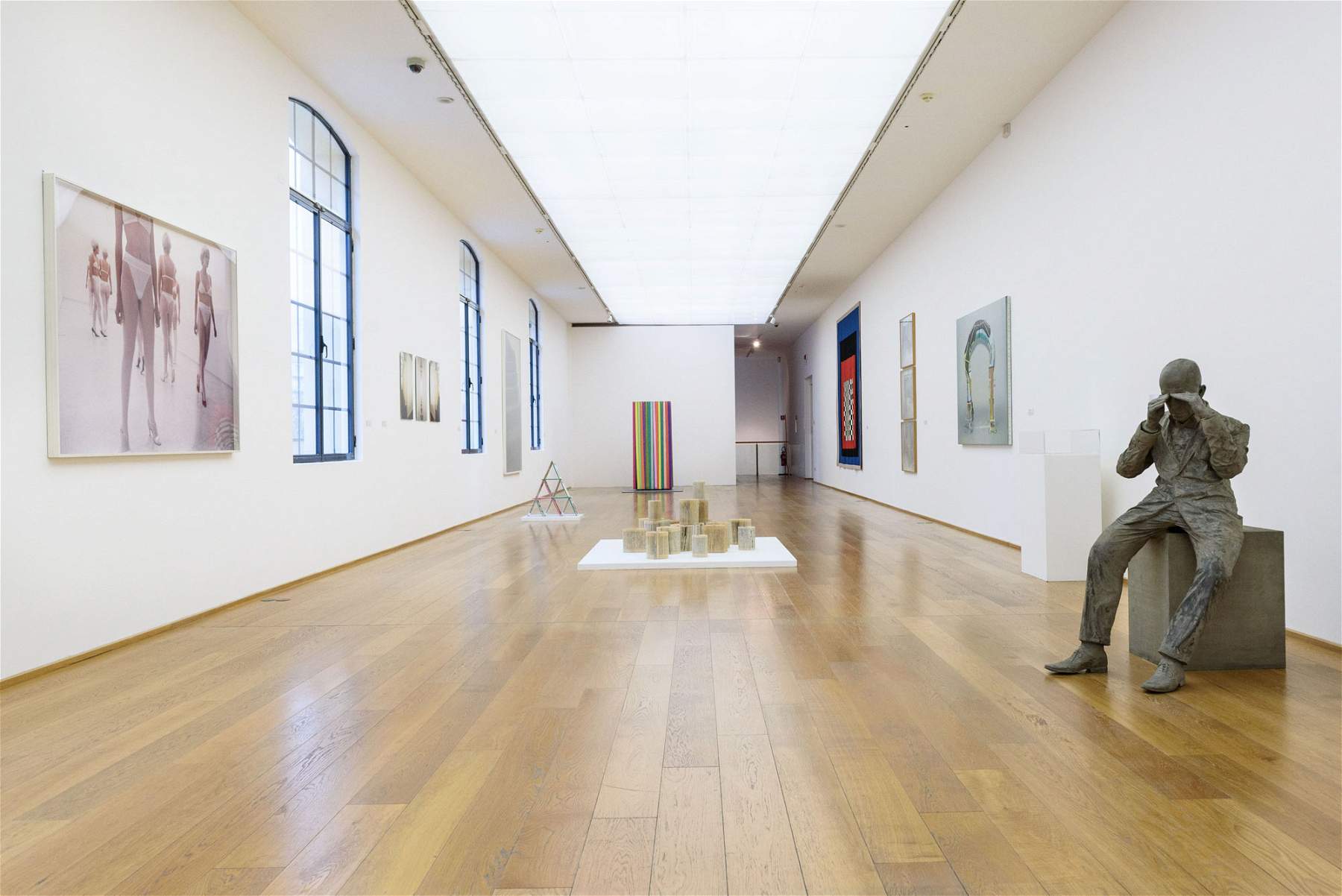This crisis has highlighted that museum activities are not considered necessary
I believe that the health emergency has only accelerated a rethinking of the art system that was inevitable and predictable. For some time we had been reflecting on the degenerative spiral in which this sector was getting lost between the need to attract increasing numbers of visitors, to be the first to have the most courted international artist, to be able to organize the most ambitious or flashy installation. The year 2020 brought the sudden bursting of this bubble and the need for a restart and a redefinition of the industry’s goals and parameters.
The first bitter realization was learning how culture is still not considered a “necessity” to be guaranteed for all and even in a crisis situation. I have never argued against the closure of museums or for their early reopening (I respect the decisions of the technicians and am convinced that what we have been asked to do has been and still is necessary for the containment of the epidemic) but in an absolute sense this crisis has made explicit how our activities are not considered necessary. Our future endeavor as cultural workers must be to counter this belief. Being able to visit a museum should be perceived by everyone as a right and a necessity equal to being able to take a walk in a park, pick up a book at the library, or go for a run with one’s dog.
The first steps in this direction and the first reactions were under the banner of the collective, of confrontation and sharing as tools to start again together, in an open and participatory perspective. In May, Art Workers Italia was founded, an association that is working to census and ensure recognition of the diverse professionalism of cultural workers. In July, an extraordinary Italian Contemporary Art Forum was organized online, in which artists, curators, critics, museum directors, lecturers, operators and various other professionals connected with the art world met with the aim of raising awareness in the political world with respect to the needs of a sector (that of contemporary visual arts) strongly affected by the Covid-19 pandemic. In September, the Italics platform was launched, a consortium that brings together for the first time more than sixty Italian galleries, true international excellence and key players in the art world, which in this way, for the first time, are organized into a unified body capable of working as a system.
 |
| The permanent collection of MAMbo in Bologna. Ph. Credit Giorgio Bianchi |
If these organizations representing operators and workers in the sector came into being in response to this emergency situation by filling a serious gap a similar argument can be made regarding online initiatives and the digitization of the sector. Undoubtedly, the art and culture sector suffered from backwardness in this area that the closure of physical spaces has made manifest at the same time activating paths of modernization, experimentation and engagement with audiences and technologies often never before explored.
As for artists, I do not think they can predict the future, I think that with their works and through their languages they can provide us with interpretations of reality capable of giving us directions, stimuli and ideas to build our own idea of the future.
Unfortunately, this situation of isolation has deprived artists of the vital confrontation with spaces, with different audiences, with operators and artisans; in this context it is very complicated to carry out practices and new artistic projects. We have experienced one possibility at MAMbo with the Nuovo Forno del Pane (New Bread Oven): a center for multidisciplinary experimentation thanks to which the museum’s exhibition spaces have been repurposed into work spaces given to 13 artists who have occupied them with their studios since July. A museum reconfiguration such as the one proposed by this project is achieved by intensifying the principles of institutional cooperation and networking among institutions in the area, experimenting with a more radical museology, increasing scientific research and publishing production, but above all by reshaping the activity of mediation as a founding element of a new relationship with the public, based on “making” art with the direct involvement of artists, professionals and practitioners in an approach not exclusively based on works but also and above all on practices, process, relationship and the use of available workshops and materials.
Collective work spaces are a real possibility but I believe that artists will have to measure themselves in their work and with their works with a changed sensitivity, on the part of the public, to the frequentation of public spaces, places of relationship and also of the relationship with artworks in these contexts. The new art projects will therefore start with this new challenge just as museums will have to do with their permanent collections: not “number-catching” places but institutions capable of tailoring visit itineraries and content to new audiences, people who are more aware of and demanding with whom to start again from the idea of re-appropriation and re-definition of museum heritages.
Warning: the translation into English of the original Italian article was created using automatic tools. We undertake to review all articles, but we do not guarantee the total absence of inaccuracies in the translation due to the program. You can find the original by clicking on the ITA button. If you find any mistake,please contact us.




























